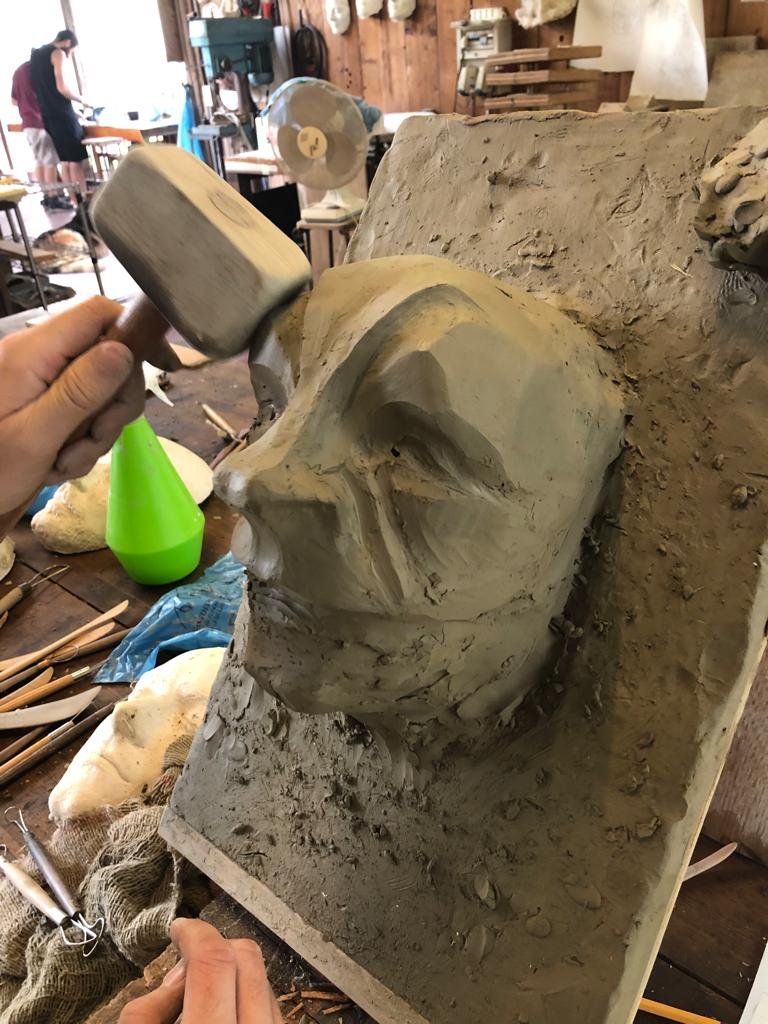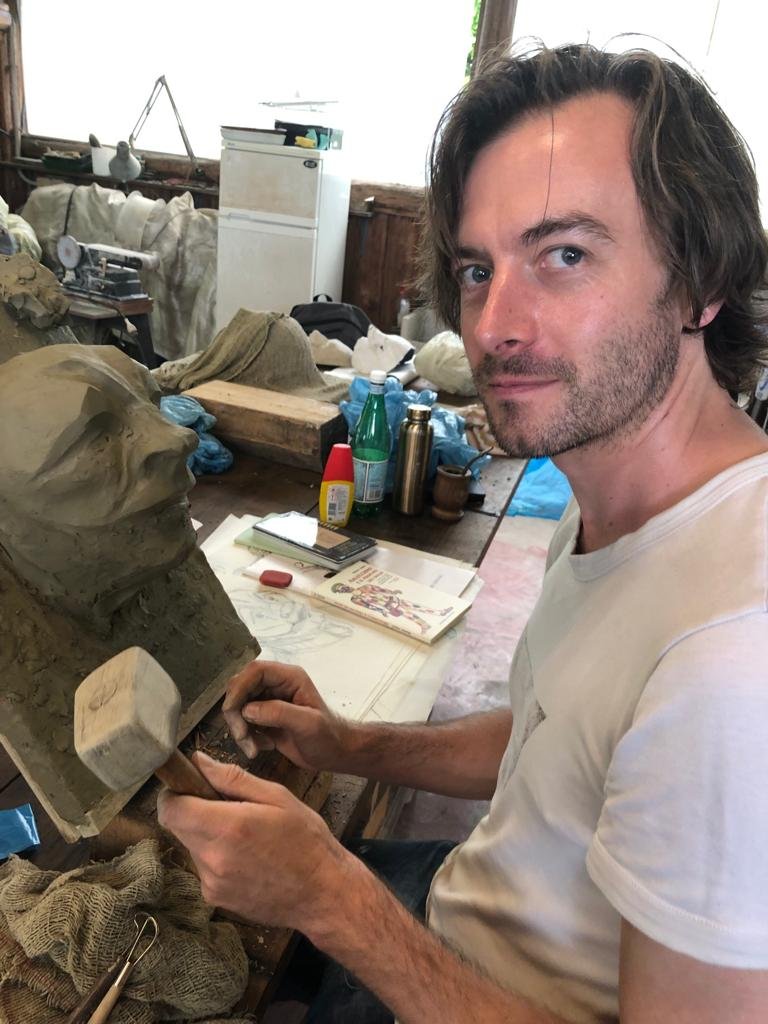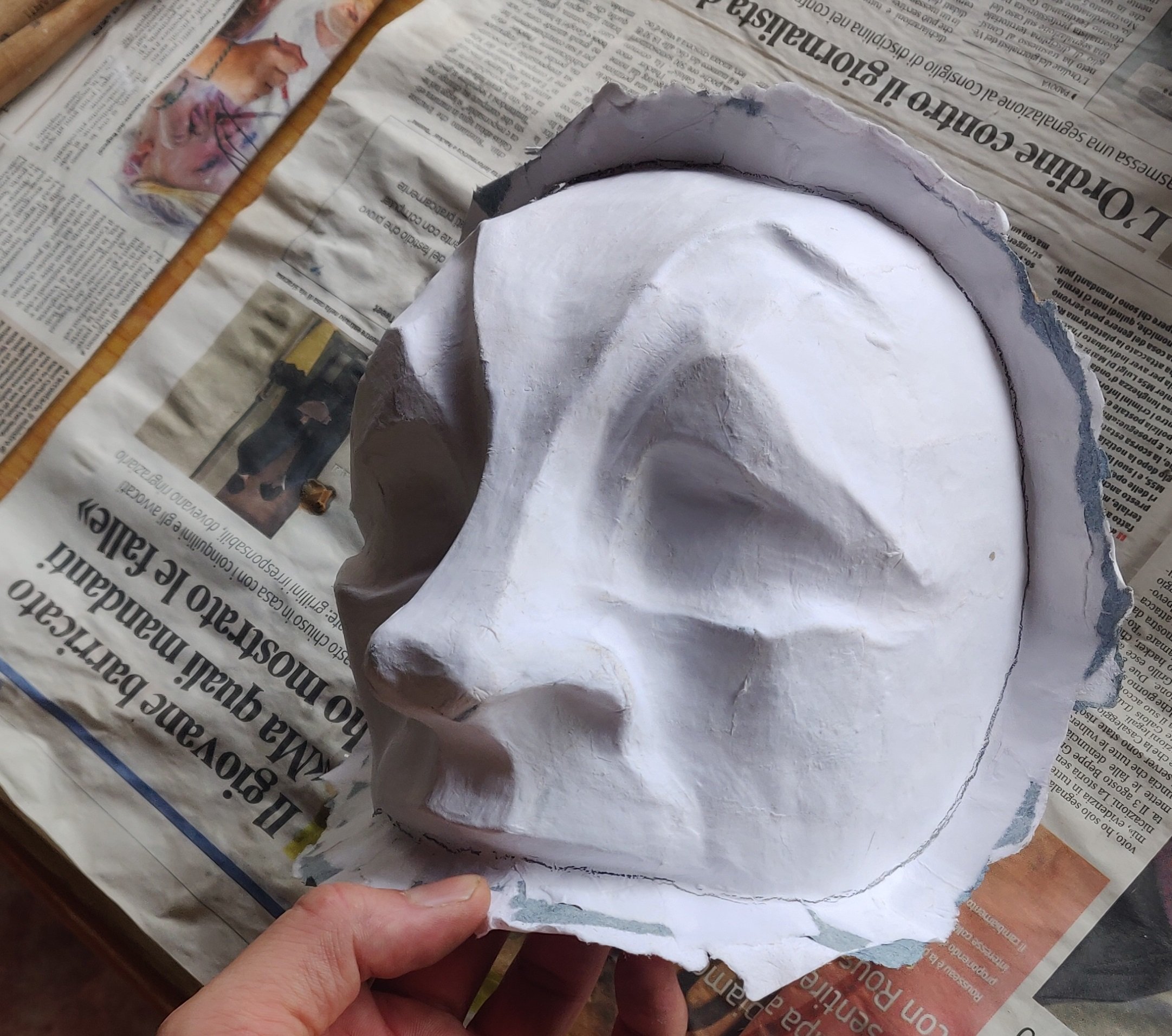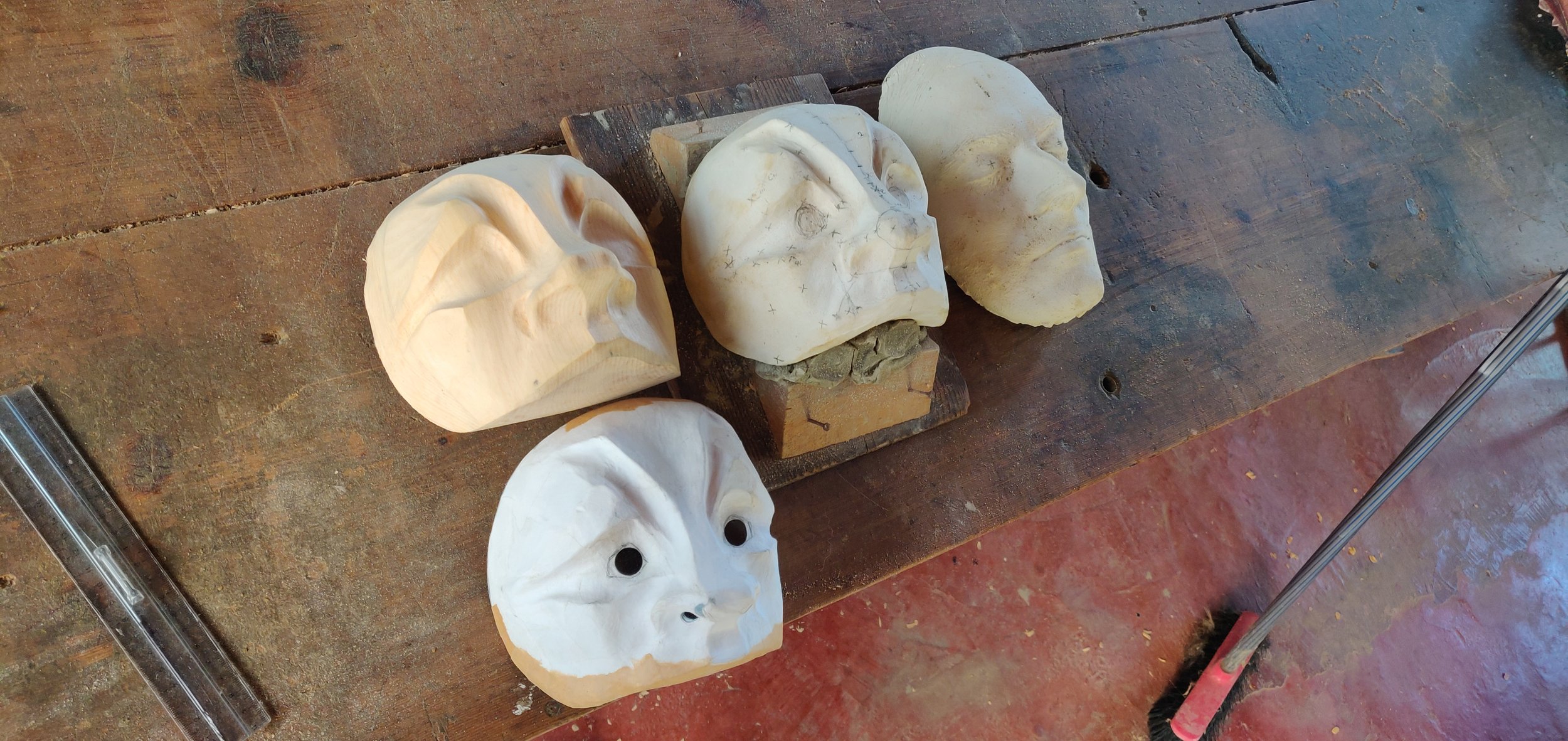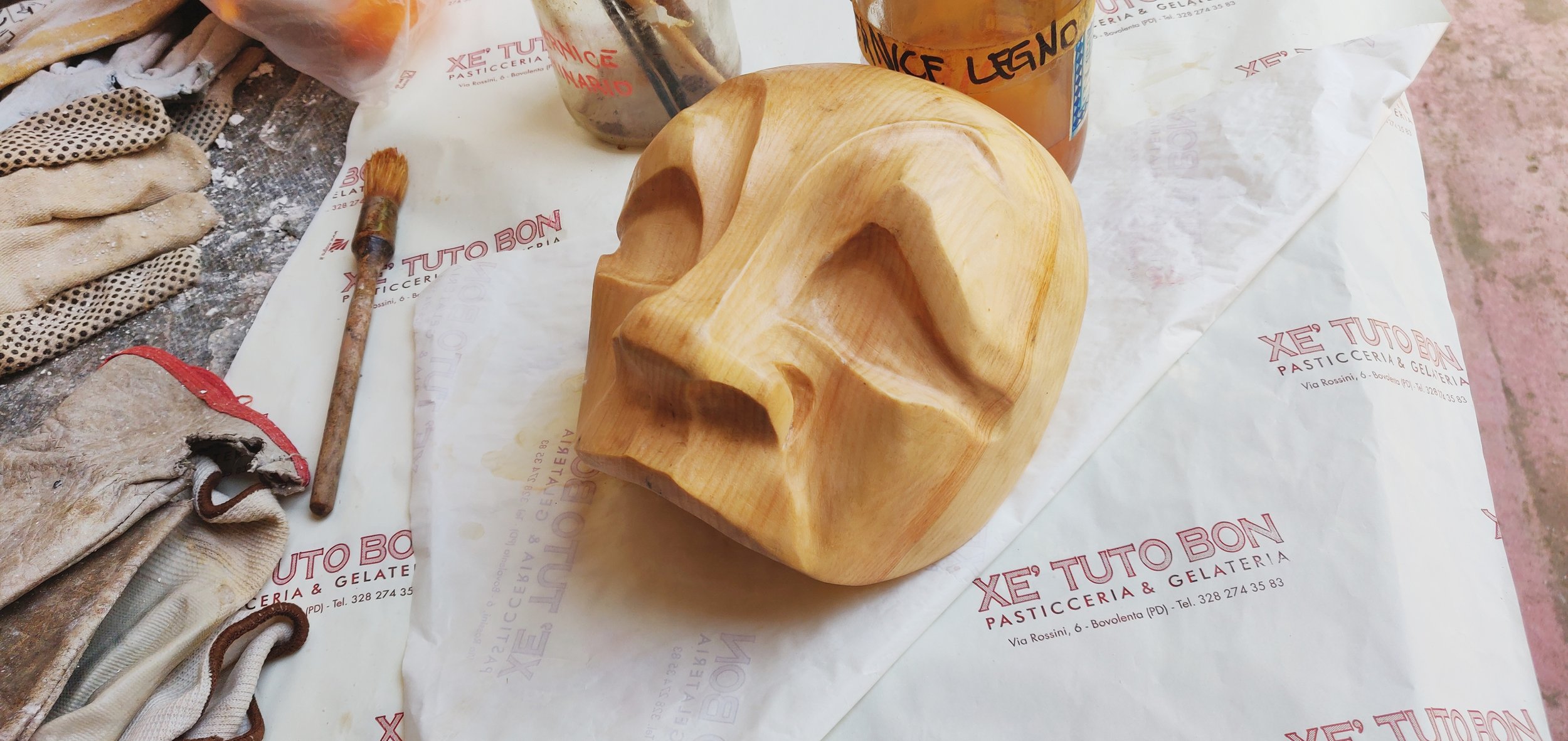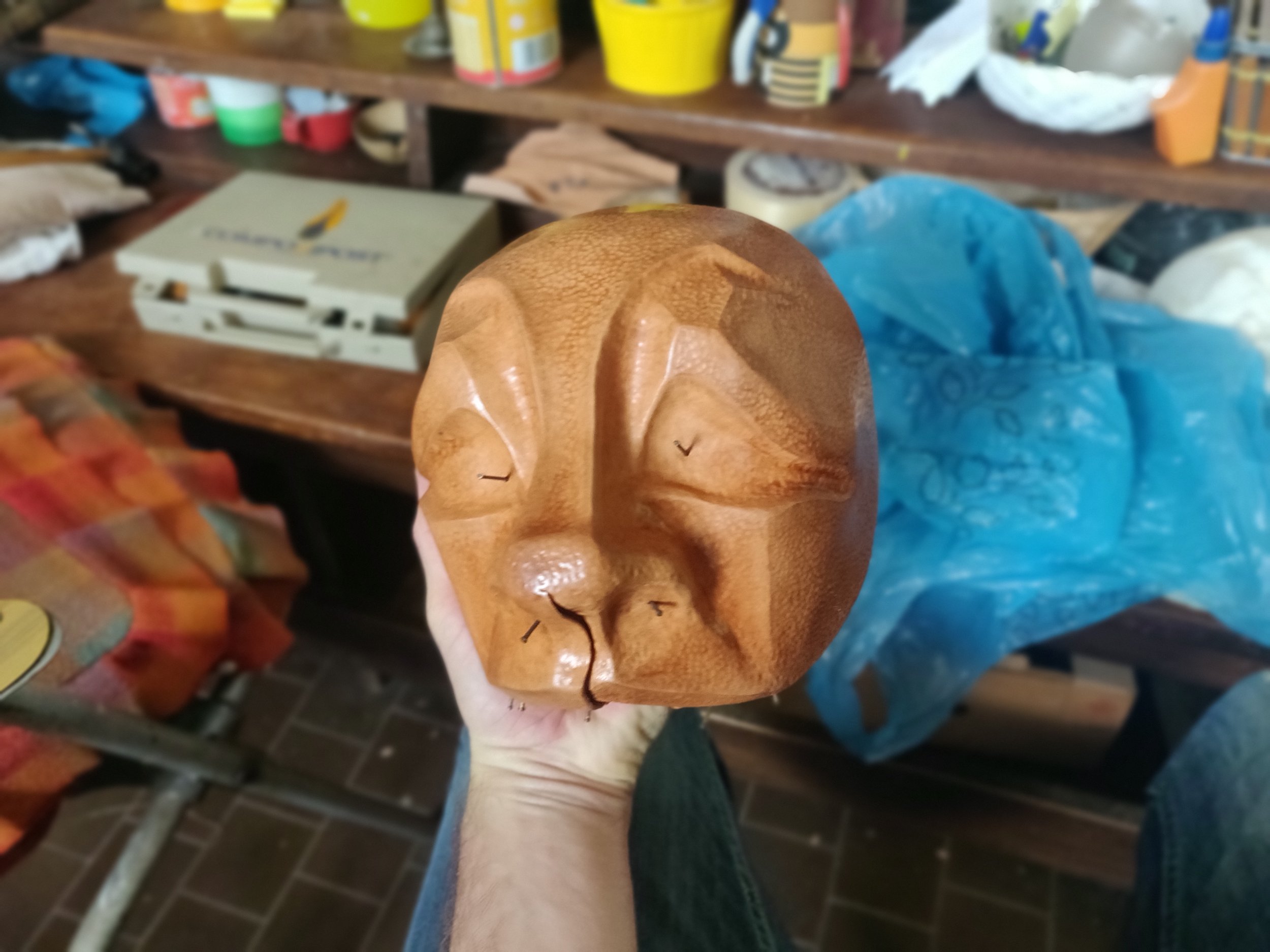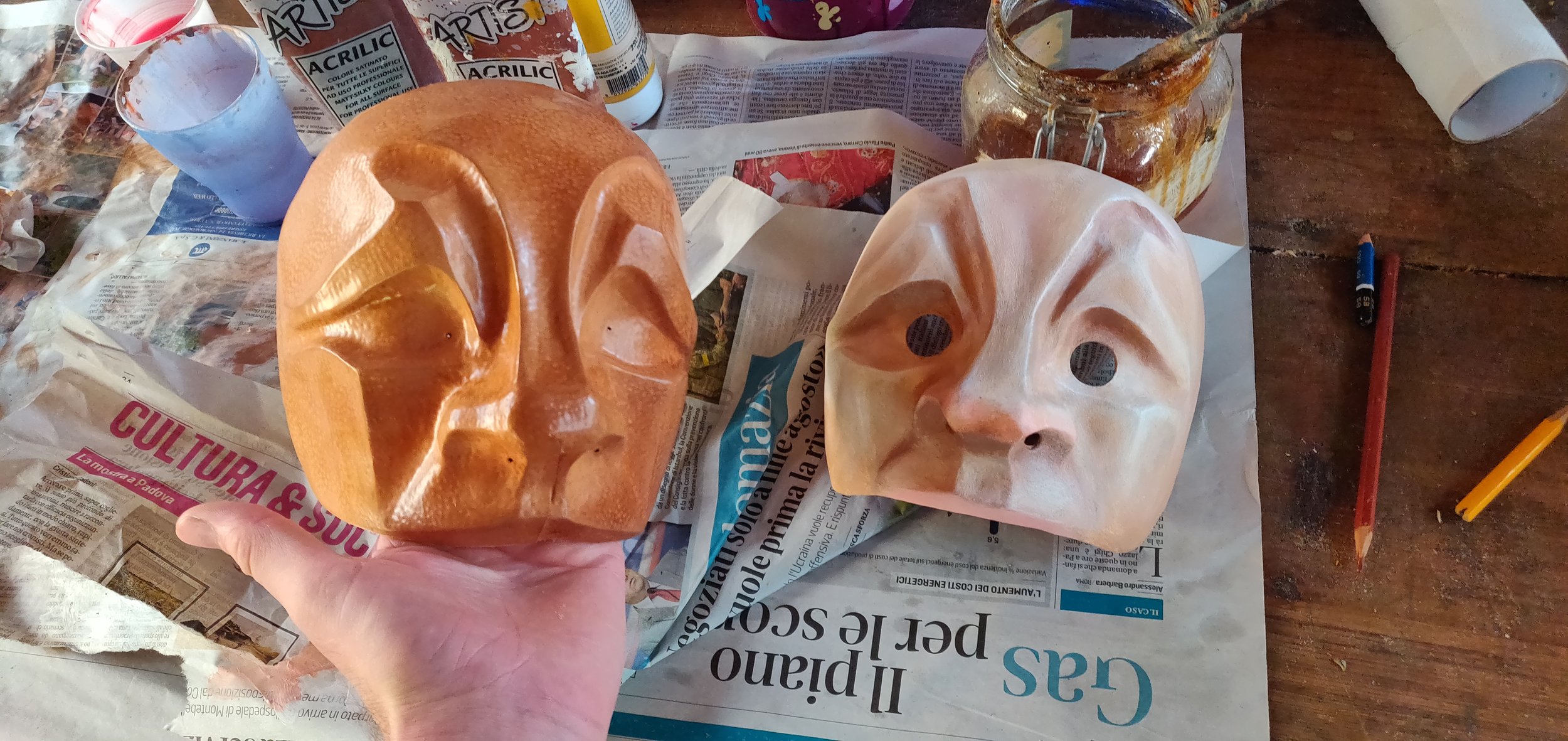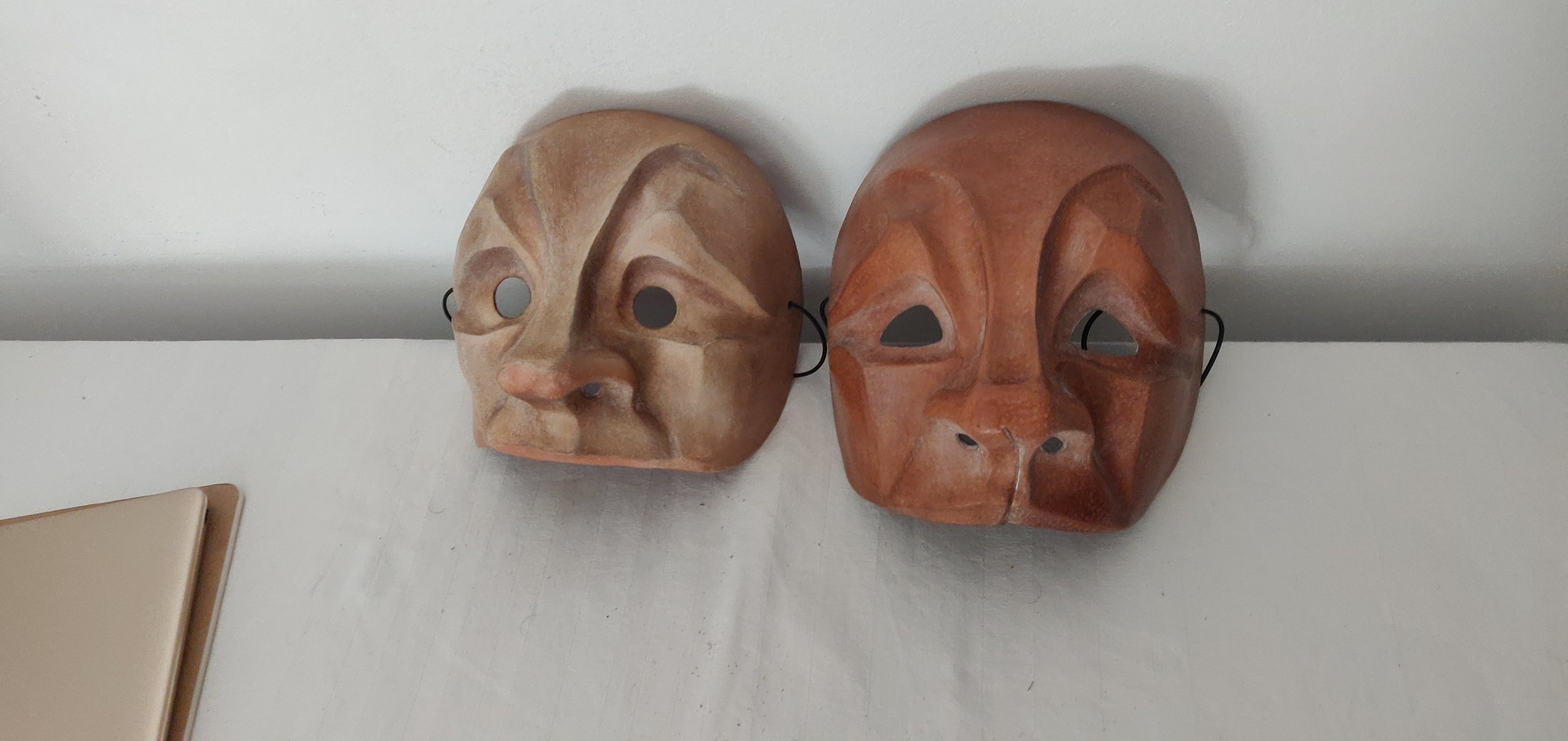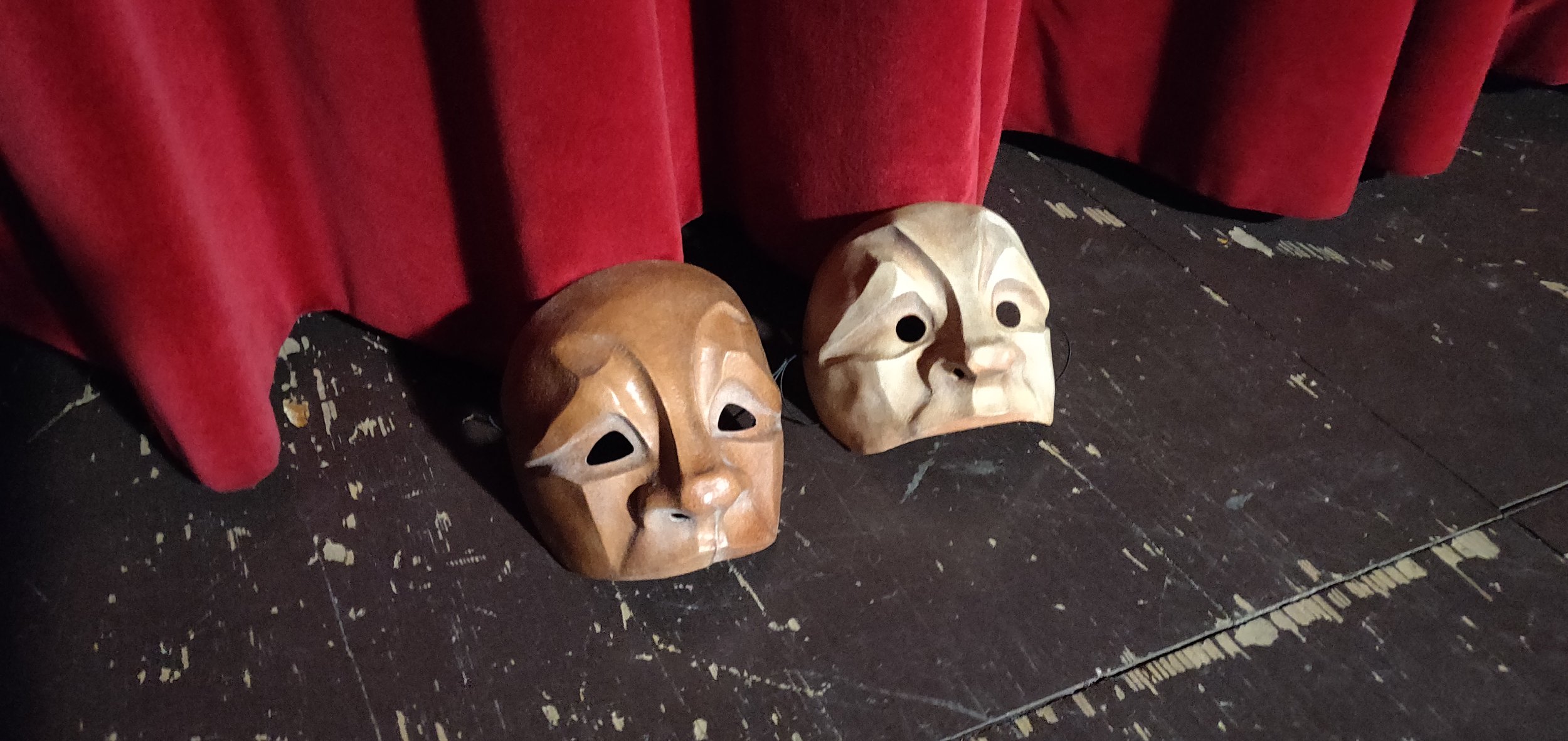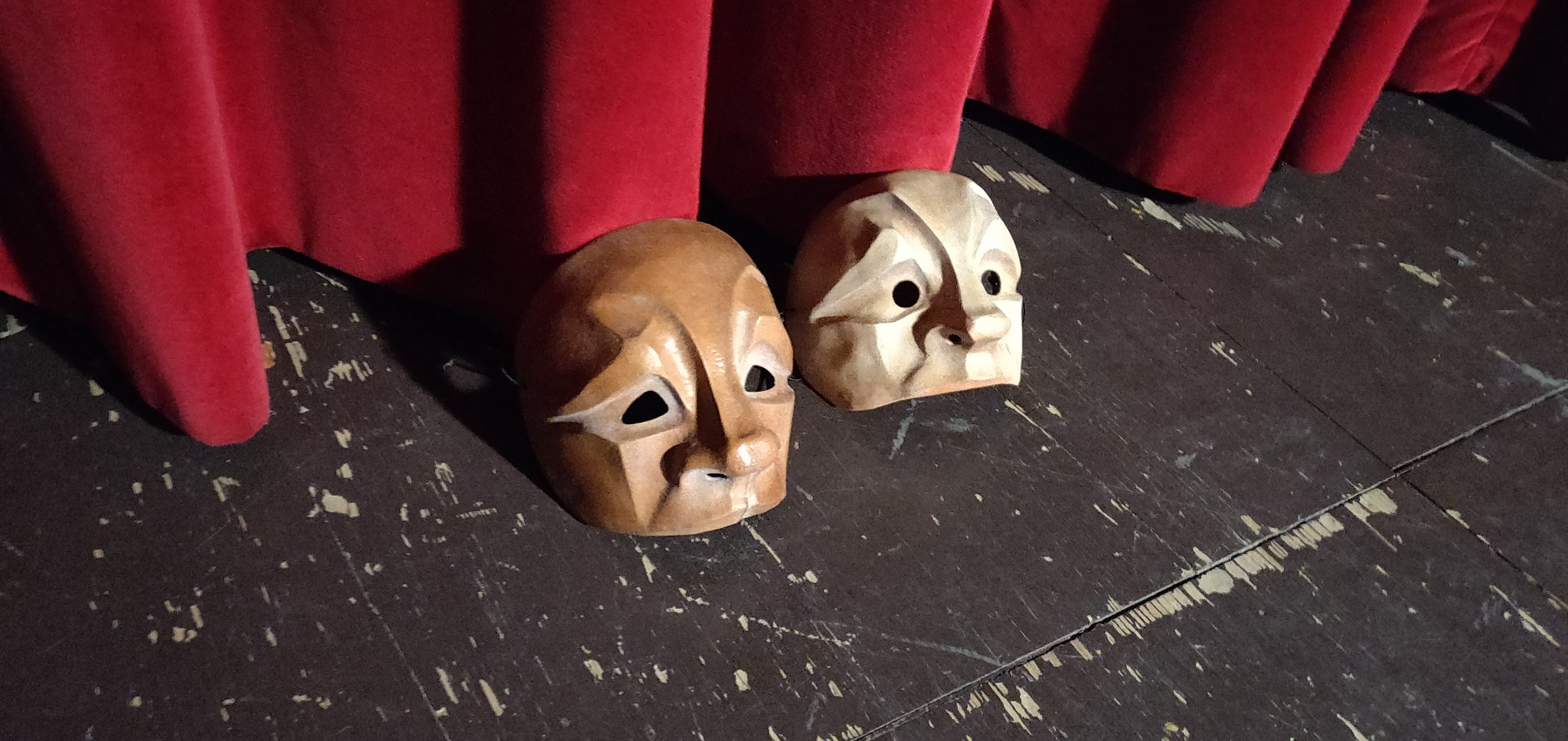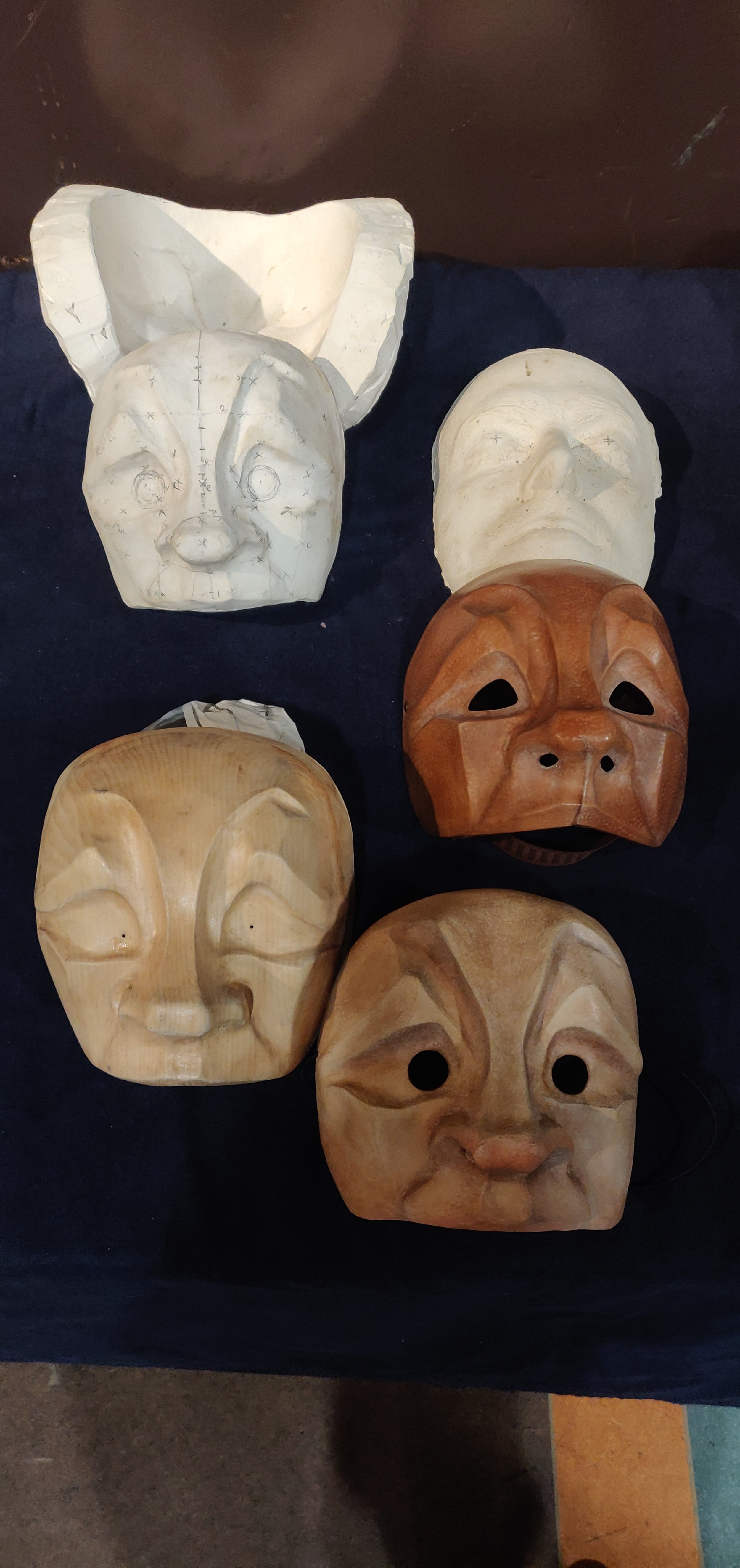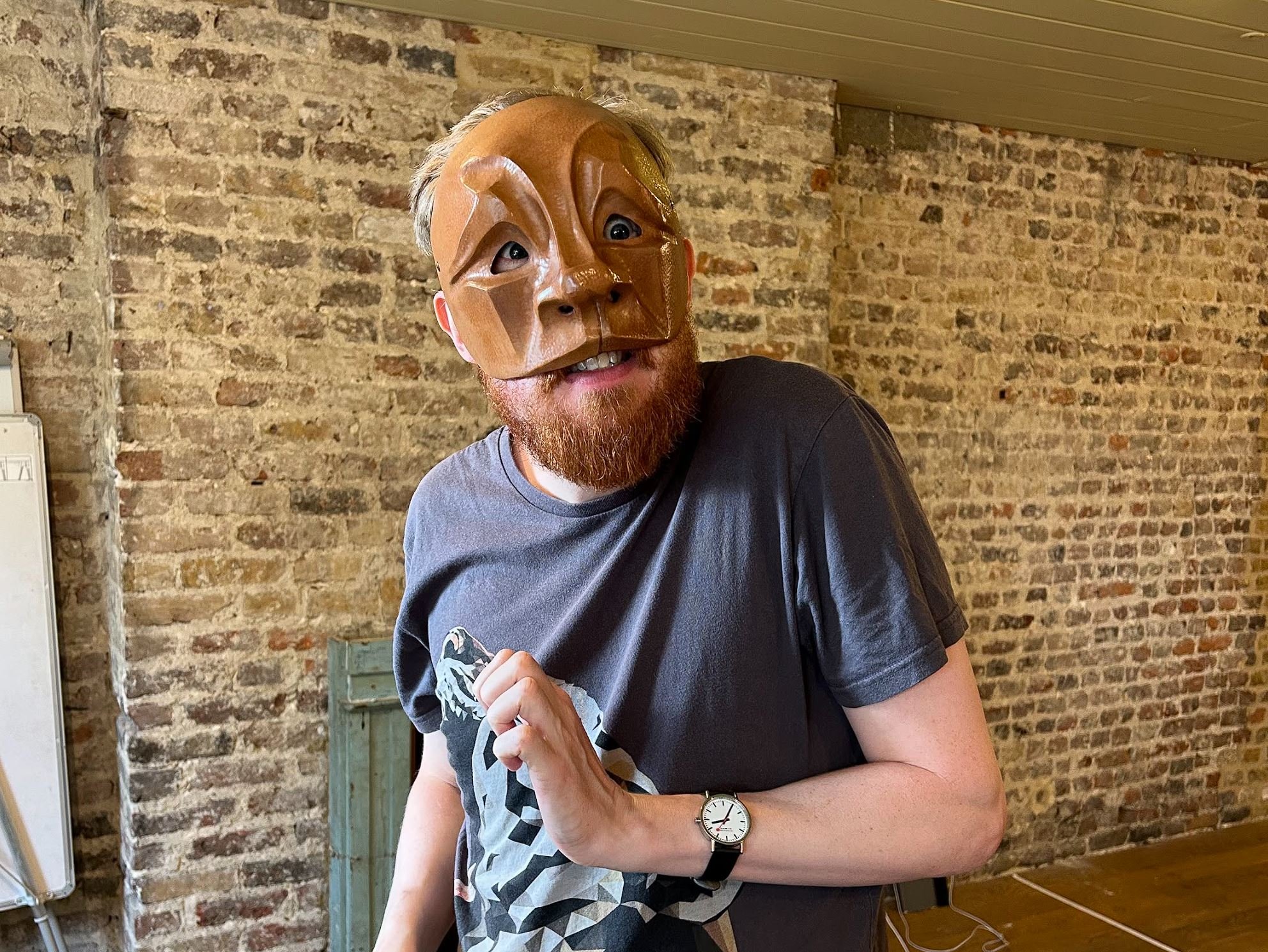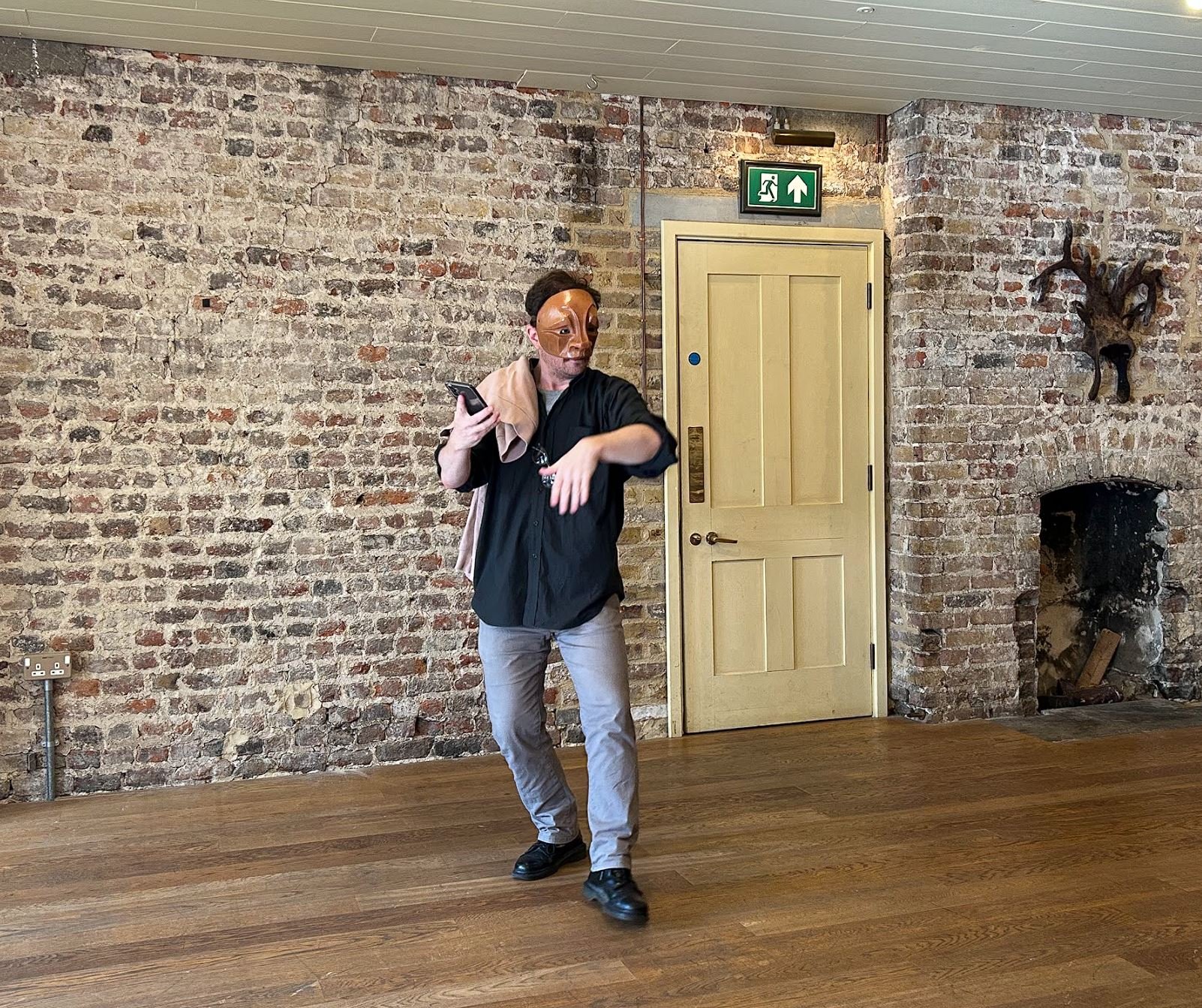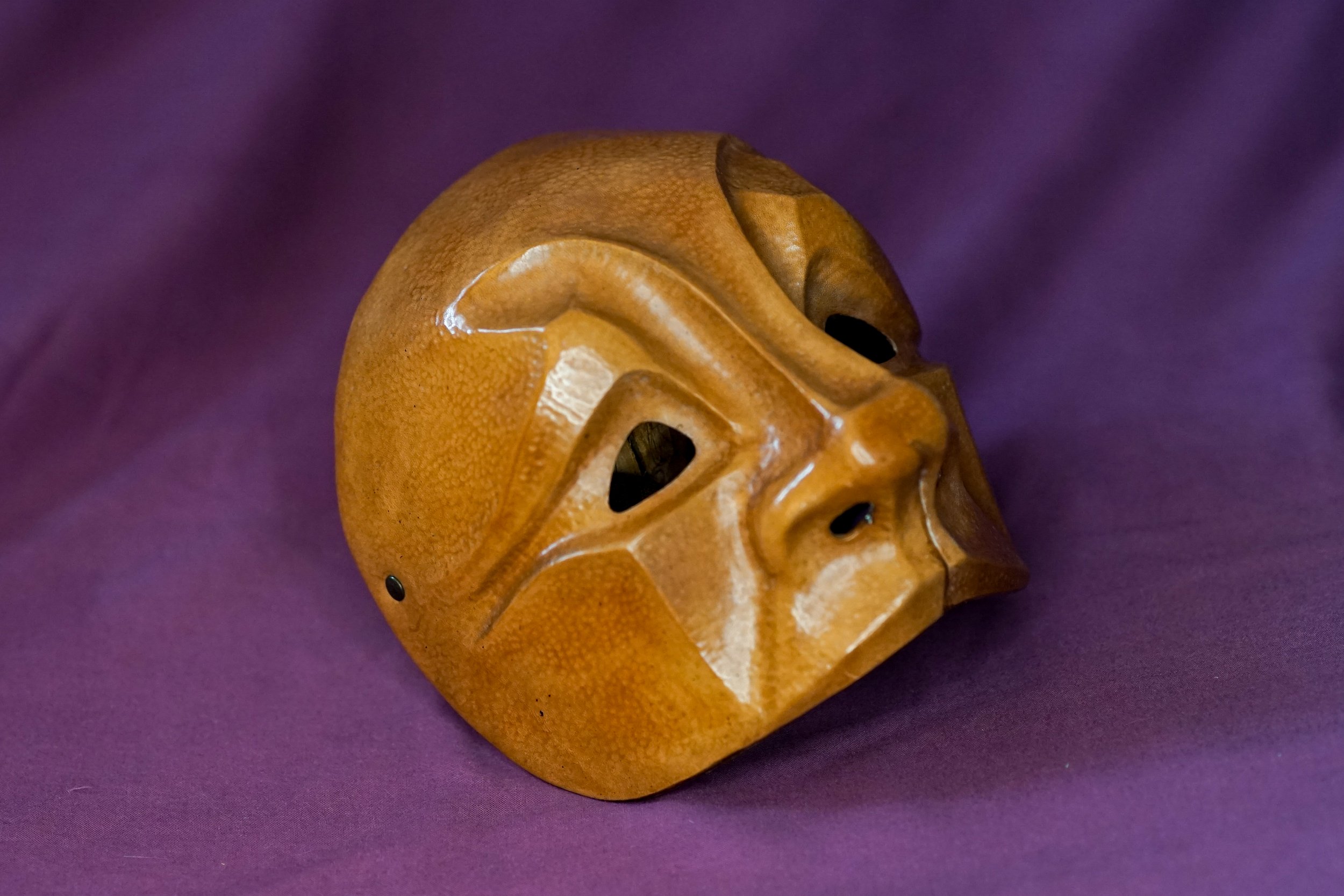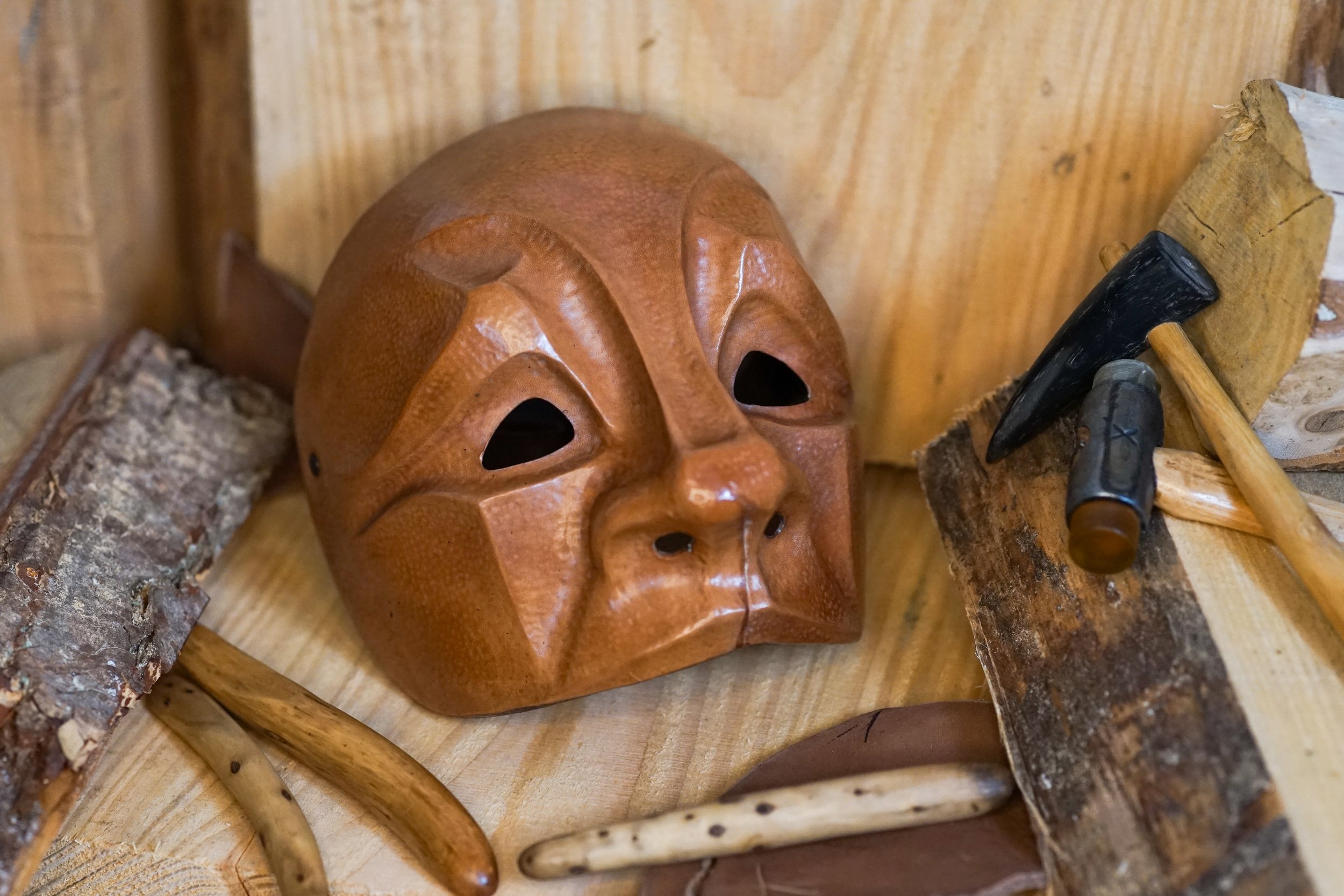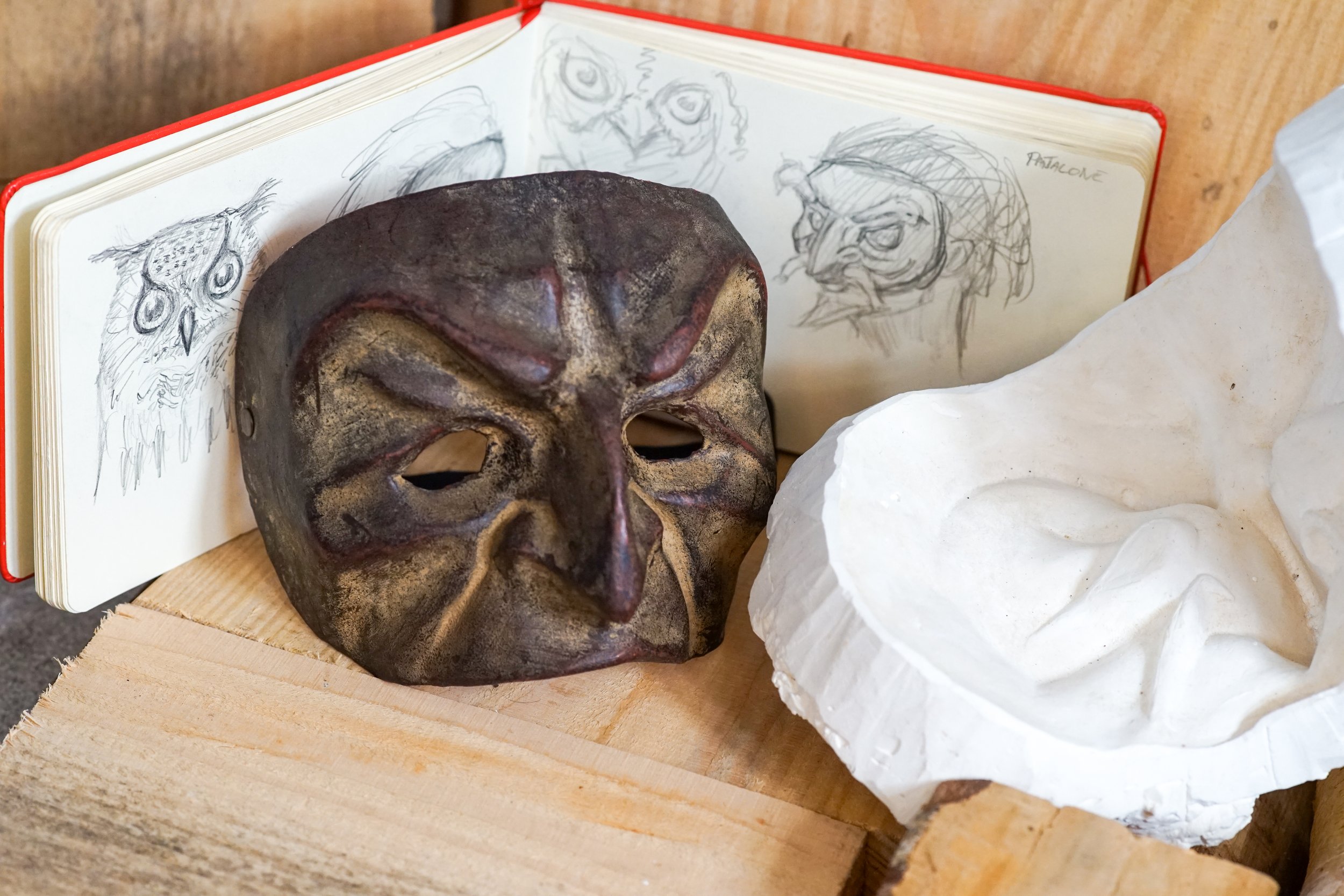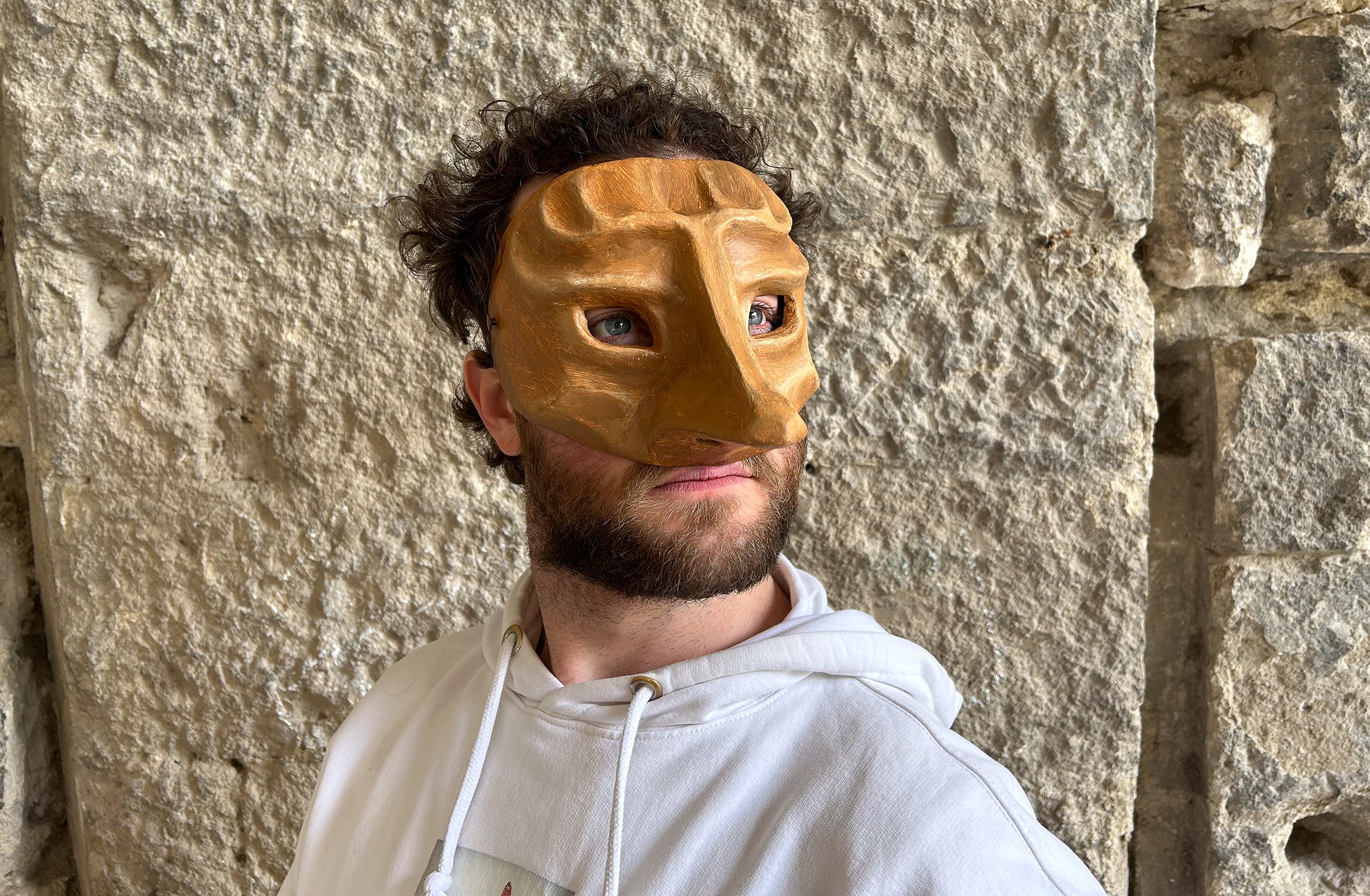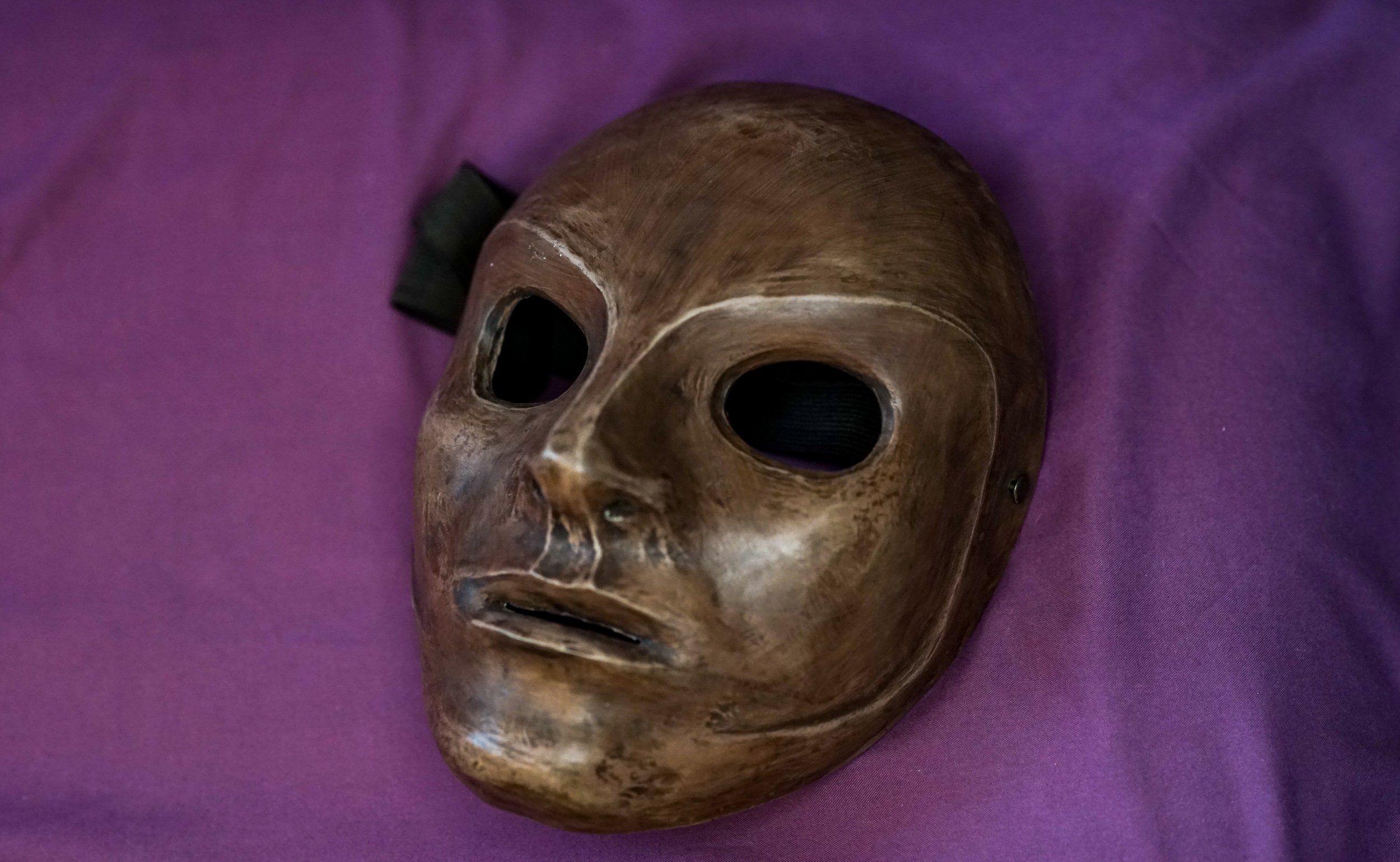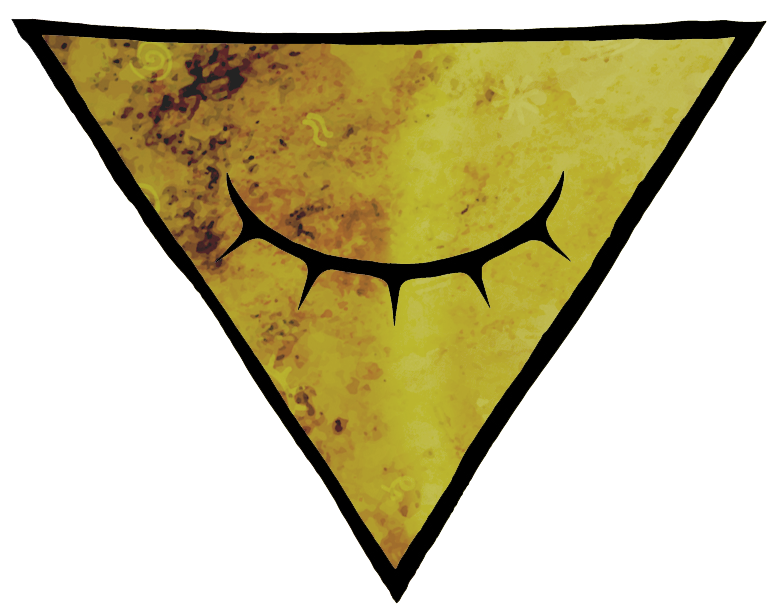JAMES CARNEY - FALSE FACES
James Carney Artist’s Statement
I am a heritage-craft mask-maker, working mainly in wood and leather, with a background in physical theatre performance. I have trained extensively in the use of masks in theatre, and in the craft of their design and construction. The process involves researching and selecting the form and use of the mask in order to settle on a design, sculpture of the designs in clay, the casting of that clay into plaster replicas, carving of wooden matrices and the shaping of leather into finished masks.
My work with Commedia dell’Arte expert Antonio Fava, and Sarah Sartori of the Sartori mask museum in Italy and my training for two years at the prestigious physical theatre school Ecole Jacques Lecoq in Paris, as well as the courses I have participated in with UK based mask-work innovators (Peta Lily, John Wright, David Glass), and the further study I will undertake in September with director and expert Carlo Boso and master mask-maker Stefano Perocco in Versailles -amounts to a comprehensive training in the design, construction, and use of theatrical masks. I currently work as a professional theatrical mask-maker, taking commissions from companies and individuals, which has allowed me to further develop my approach, refine skills, experiment with new materials, and explore new avenues of aesthetics, heritage and use of masks.
The completed masks, while beautiful in themselves, are not fully realised until they are put into motion and performance. My movement work with masks is founded on that of the practitioners mentioned above, which I have begun to blend and expand on in research workshops with students and graduates of the Lecoq school and other professional theatre artists in the UK and France. I also take inspiration from the work of Dario Fo, who explored movement inspired by the idiosyncratic rhythms and gestures of the labourers and seasonal workers of specific regions. I am interested in applying this approach to my region in the south west of England, taking local people, wildlife, landscape, literature, music, dance, architecture and folk tradition as study which will lead to designs and movement which reflect the local area.
My training was mostly in Europe, and mostly in the European tradition of masked theatre, rooted in the 16th Century Commedia dell’Arte. Now that I have returned to England and come to live in a rural community, in a national park and conservation area, I have begun to search for connections to English culture beyond the Renaissance influence from Europe. I am finding this in English folk culture - ancient Romano-British and Anglo-Saxon artefacts and tales, mediaeval sculpture, and traditional practices that have emerged over the last 500 years.
I am currently developing the design of two folk heritage masks, which lay the groundwork for further exploration of English heritage masks. The first is a version of the Dorset Ooser - a mask used in folk festivals in the 19th Century. There are two photographs of the Ooser, and a written description from the time, but the original no longer exists. The second I am calling the New Forest Ooser. It is similar to the Dorset Ooser in that it is a historically and geographically rooted mask, with a menacing demeanour and animal horns. However, the New Forest Ooser is based on an ancient Romano-British carved stone head found in a quarry near Boldre in the New Forest. This second mask will require more interpretation and development. I have been given the opportunity by the New Forest Heritage Centre to work on the New Forest Ooser at The New Forest Show (30 July - 1 August) as a public demonstration of wood carving and leather-working.
For these Ooser masks I am beginning an exploration of use of local materials. Since moving to the New Forest, I have spoken to various farmers, the New Forest Marque, local residents and Commoners, as well as specialist leather tanners in other parts of the country. For future projects I intend to source hides from local animals and have them tanned in a traditional and ecologically friendly way for use in the masks. I am also seeking to acquire wood and as many other materials as possible (wool, hair, horn as needed) from local sustainable sources.
After completing the Ooser masks, I will bring my investigations back to theatrical performance masks, blending the folk mask aesthetic with the economy of design required for a functional performance mask, and connecting in a meaningful and performative way to the rural landscape, communities and traditions of the Southwest of England. Before my study in Europe I worked in English heritage theatre for over ten years with The Owle Schreame Theatre Company, and Shakespeare’s Globe in London. I am now returning to apply the insights of my studies to the theatre of my own country, and develop a theatrical practice which draws strength from the past in order to engage with the present, uniting visual art and live performance into an accessible, inclusive and thoroughly engaging multi-sensory art experience.
A performance developed with use of masks in rehearsal. Devised story, lead and directed by James Carney:
Slideshow of mask construction:
